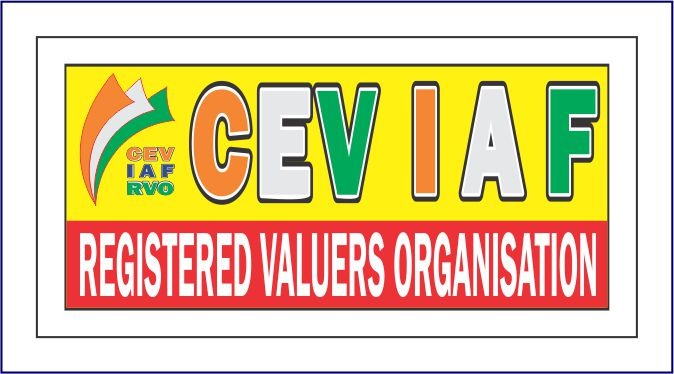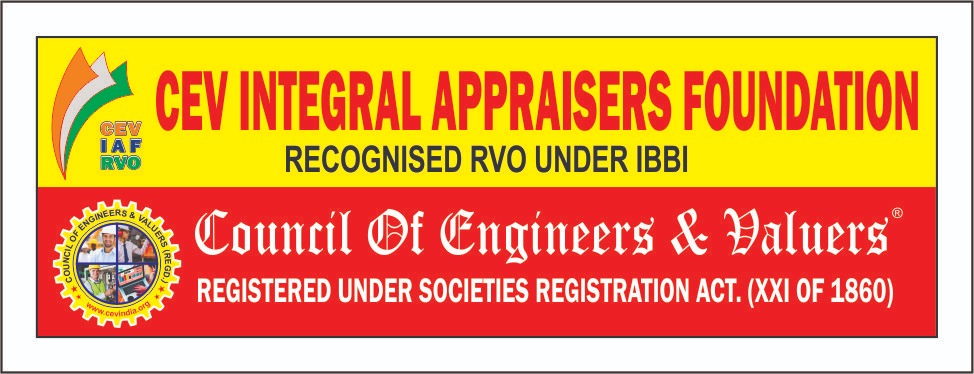“Lal Dora” refers to the land that is exempted from the regular land development and building norms in certain villages in India. These areas are often used for agricultural or residential purposes. Lal Dora is a term used to refer to the land that falls within the village abadi or habitation area in India. These lands are exempted from the regular land-use norms and regulations of the respective state government, and their ownership is established through traditional means.
Valuation of Lal Dora properties in India can vary greatly depending on factors such as location, size, and current market demand. It is important to note that Lal Dora properties do not have clear land titles and are not governed by the regular land acquisition laws in India.
Therefore, valuation can be a complex process and may require the services of a professional appraiser who is familiar with local laws and regulations. The valuation of Lal Dora properties in India can vary significantly based on several factors, including the location of the property, the size of the land, the existing infrastructure, and the potential for future development. Generally, Lal Dora properties in urban or suburban areas may have a higher valuation compared to those in rural areas.
Additionally, Lal Dora properties may have limited access to basic amenities such as electricity, water, and sewage systems. This can also impact their valuation. Overall, the valuation of Lal Dora properties in India requires a careful consideration of various factors and may be subject to local market conditions and legal requirements.
To determine the valuation of Lal Dora properties, you can consult with a local real estate agent or property appraiser who has expertise in the local market. They can help you assess the value of the property based on its location, size, and other relevant factors.
It’s worth noting that Lal Dora properties are subject to certain limitations and restrictions, which can affect their valuation. For example, these properties may not be suitable for certain types of development or may require additional approvals from local authorities before construction can commence. It’s important to research and understand these limitations before investing in Lal Dora properties.
“Lal Dora” refers to the areas surrounding villages in India that have been exempted from regular property regulations and are governed by their own set of rules. The valuation of Lal Dora properties can be restricted in several ways. Lal dora refers to the land that falls outside the village abadi (habitation) and is designated for agricultural purposes. In India, there are certain restrictions on the valuation of Lal Dora properties, which are as follows:
- Limited Accessibility: Lal Dora properties are often located in remote areas with limited access to infrastructure and transportation. This can limit their appeal to potential buyers and restrict their valuation.
- Lack of Legal Title: Many Lal Dora properties do not have a clear legal title, making it difficult to prove ownership and obtain financing. This can lead to a lower valuation and limited marketability.
- Zoning Restrictions: Lal Dora areas are often designated as agricultural land and are subject to zoning restrictions that limit their use and development potential. This can limit their valuation, as they may not be suitable for commercial or residential development.
- Lack of Basic Amenities: Lal Dora properties often lack basic amenities such as water supply, sewage systems, and electricity. This can limit their valuation, as buyers may not be willing to pay a premium for a property that lacks basic amenities.
- Lack of Infrastructure: Lal Dora areas may lack proper roads, transportation, and other infrastructure, which can limit their accessibility and restrict their valuation.
Overall, the valuation of Lal Dora properties can be restricted by a number of factors, including limited accessibility, lack of legal title, zoning restrictions, lack of basic amenities, and lack of infrastructure.
- Non-transferability: Lal Dora properties are not transferable, which means they cannot be sold or purchased. Therefore, their value is not determined by market forces and is not linked to demand and supply.
- Limited use: Lal Dora properties are primarily designated for agricultural purposes, and any other use of these properties is not permitted. This limits the potential for the development of these properties and affects their value.
- Lack of infrastructure: Lal Dora areas lack basic infrastructure like roads, water supply, and electricity, which affects the value of properties in these areas.
- Unclear ownership: The ownership of Lal Dora properties is often unclear, as these properties are not registered with the government. This makes it difficult to determine their value.
- Government regulations: The government regulates the use and development of Lal Dora properties, which affects their value. Any changes in regulations can impact the value of these properties.
Overall, the valuation of Lal Dora properties in India is affected by several factors, including limited use, lack of infrastructure, unclear ownership, and government regulations.





